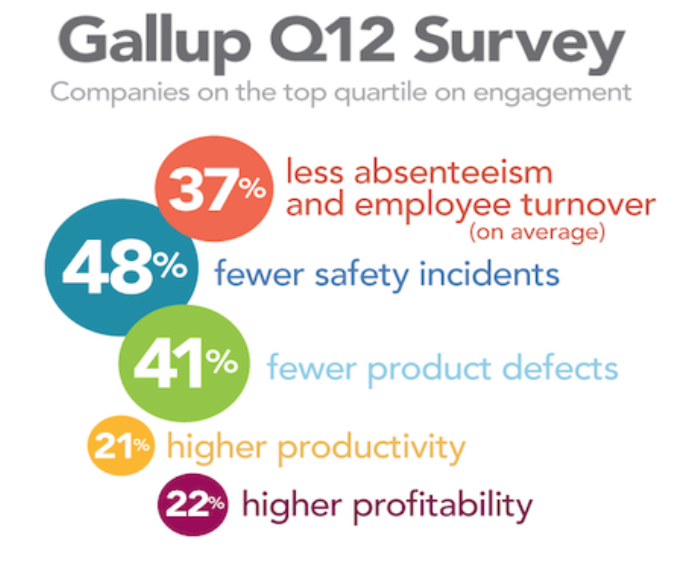STAFFING CHALLENGES: OUR INDUSTRY’S NUMBER ONE PROBLEM
Raving Consulting are specialists in the Indian Gaming Market in the USA. With a regular and long-term player market, fully integrated business based on a similar structure, and a local mix of employees, the Indian Casino comparisons with Australian clubs is more obvious than with the large Vegas casinos. As a result, they deal with the same issues but provide some different insights into solutions that are effective.
In Raving’s 2nd Annual Indian Gaming National Marketing Survey one of the new questions added in was to determine what the biggest challenges are that casinos will be facing in the next year. As you can see from the chart below with survey data, staffing challenges are a clear number one problem.

What are you doing to solve it?
Every business needs a quality workforce, and that is especially true in the hospitality industry where employees are the face of a property. Mediocre employees will only lead to poor guest experiences, and those guests will take their business to the competition. However, retaining great employees has become more difficult. People are spending less time at jobs than they have in the past. A new generation of employees has entered the workforce with different wants and needs, which aren’t always clear to management.
Raving’s survey data also shows that 80 percent of casinos say they are in competitive markets, and this just makes staffing challenges even more, well, challenging. The more job opportunities that your employees have to choose from, the more likely they are to defect from your property, especially if there are conditions that they don’t like.
What is clear is that once you get great employees, it’s important to keep them from going elsewhere. Talented team members have a greater capacity to be more efficient, bring value to other departments, and can continuously evolve in their area of expertise while expanding on new skills and talents. They are the drivers behind successful operations that ensure guests will return to a property.
Knowing how your employees rank key aspects of their employment is critical in being able to attract and retain the best possible people.
Having an accurate way to measure this is the reason why a relatively new branch of research known as employee engagement surveys has exploded in popularity. Employee engagement is an emotional commitment to your employer, and it involves loyalty, commitment, satisfaction, advocacy and going the extra mile. Using a series of specific survey questions, all employees are classified as Engaged, Passive or Disengaged.
53% of casinos in this year’s study say they are conducting Employee Engagement Surveys
Disengaged workers are more likely to look for other opportunities, or worse, drag down the productivity of the rest of your team. Unfortunately, every casino has disengaged employees who don’t know what promotions are going on because they don’t care, frontline staff who provide minimal customer service because they’re only there for the pay packet, and employees who are so unhappy at work that it affects everyone around them.
By increasing employees’ willingness and capability to provide truly first-class service, you can differentiate your casino and gain an edge in the market. Employee engagement surveys measure just how your workforce ranks on the engagement scale, and what factors are driving those feelings. That way, targeted actions can be taken to improve organizational performance by increasing employee engagement.
- Do you want to increase employee retention? Then increase engagement.
- Highly engaged employees are 87 percent less likely to leave the organization.
If you decide to do an employee engagement survey, keep in mind that trust is a cornerstone of the employee survey process. Employees must believe that expressing their opinions in a truthful manner will not result in a backlash from senior management. This can be done by guaranteeing employee confidentiality and collecting only a limited amount of demographic data. Hiring an outside agency to conduct and process the data also cultivates trust in the system because employees feel safer revealing their opinions to a neutral party.

AFTER THE SURVEY
The guiding principle of employee surveys is that you should not conduct them if you are not going to act on the data. You’ll end up damaging relationships with employees if you raise their hopes and expectations that management is seeking their input and will use it to make the organization better, then nothing happens.
Although moving from survey results to action is the most important part of the survey process, it’s also the part where many organizations drop the ball. The ideal situation is for general survey results to be shared company wide. Directors, managers and supervisors of each department should also meet with their teams to discuss specific results from their area, identify the top two or three areas that most require improvement, then create action plans that will be implemented and reviewed regularly.
By Deb Hilgeman, Ph.D.











